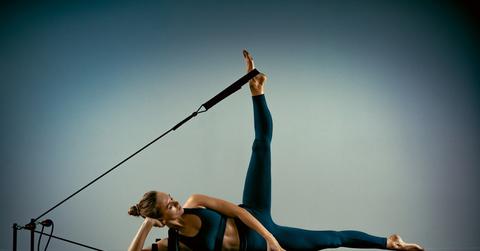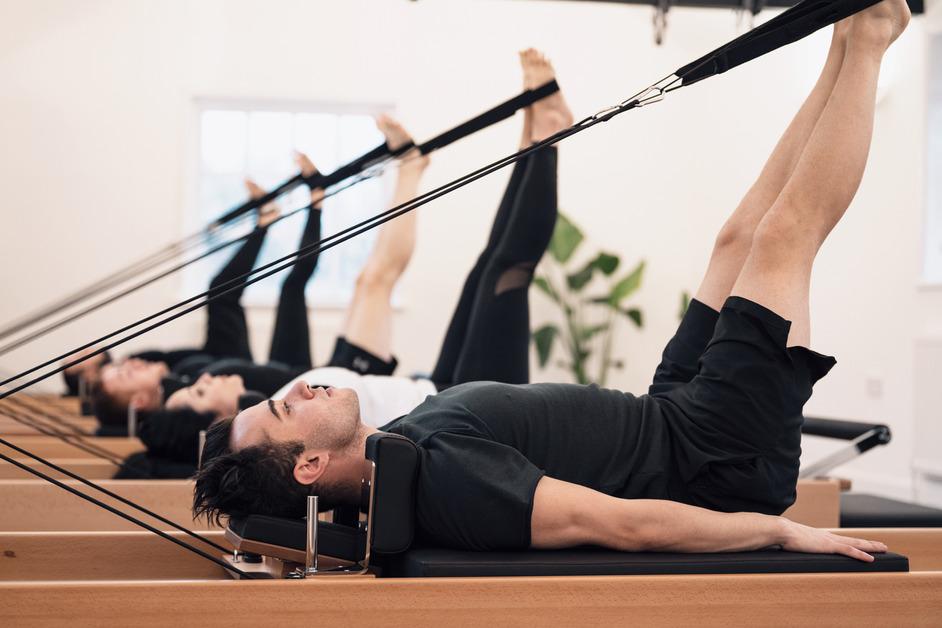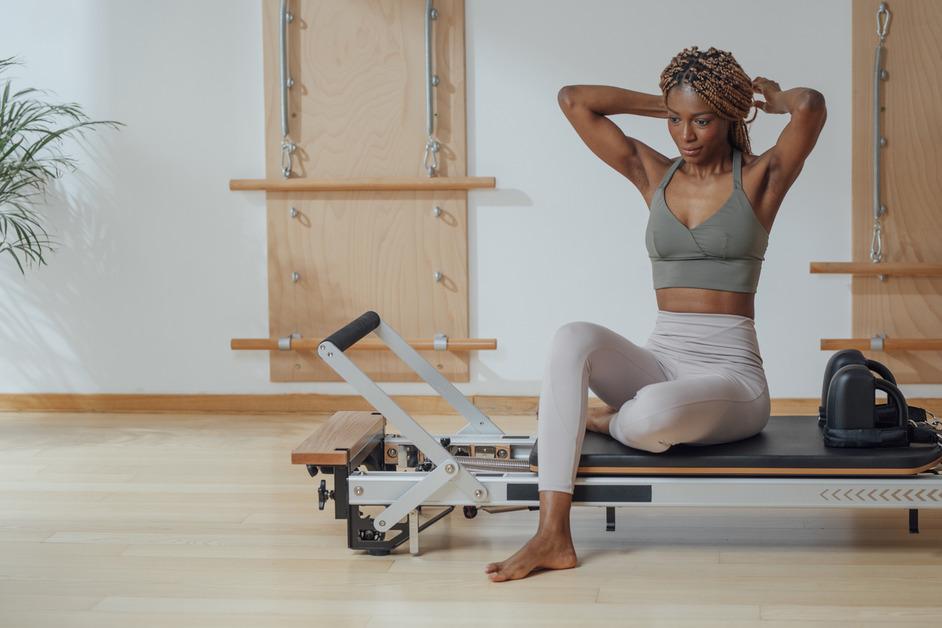Pilates Is a Great Low-Impact Workout, but Does It Build Muscle? You Might Be Surprised
Published Jan. 3 2024, 3:52 p.m. ET

The Gist:
Pilates is a great way to improve flexibility and strengthen existing muscles, but you will likely not see any muscle gain from the workout.
However, the benefits gained from Pilates could make it easier for you to build muscle while weight lifting or strength training.
Pilates is a low-impact workout focused on muscle toning, flexibility, and mobility. However, don’t let “low-impact” trick you into thinking Pilates is easy. The practice focuses on repetitive movements that target specific muscle groups like the core, glutes, triceps, and hips that can be performed on a yoga mat or reformer machine.
Although there are many benefits to Pilates, such as stability, posture, and muscular endurance, it has not been proven to build muscle.

Does Pilates build muscle?
According to Lululemon's website, Pilates does not build muscle. Although Pilates is considered strength training, a workout that uses resistance to build muscular strength, it is not effective in increasing the mass of already existing muscles, just toning. Muscular hypertrophy, aka muscle growth, is stimulated through high-intensity workouts, and Pilates is considered low-intensity.
Still, Pilates is a complement to weight training and has the ability to sculpt and tone specific muscle groups.
How does Pilates help tone and maintain muscle?
As mentioned before, although Pilates does not build muscle, it is a form of strength training and targets specific muscle groups.
Your core muscles are activated during every exercise of a Pilates workout. These muscles provide the base support needed to perform other exercises effectively.
Your glutes are another main muscle group activated during a Pilates workout. Exercises like glute bridges, leg lifts, donkey kicks, and fire hydrants all work to strengthen glute muscles.
Shoulder muscles are another major muscle group activated during a Pilates workout. You will notice that a lot of Pilates exercises work for several muscle groups at once; for example, a plank activates your shoulders and deltoids, while also strengthening your core, per Byrdie.
What are the other benefits of Pilates?
Besides being a great low-impact way to move your body and strengthen muscles, there are several other benefits to Pilates. Because of the workout’s focus on muscle balance and alignment, doing Pilates regularly can help improve your posture, per Healthline.

Another benefit of Pilates is that it can decrease back pain by strengthening the pelvic floor and core muscles. Your pelvic floor muscles are the muscles that support your bladder, stabilize your core, and help protect your spine, per Cleveland Clinic.
Pilates can also be a stress reliever. Similar to yoga, Pilates incorporates breathwork into the movements, which can calm the nervous system and decrease cortisol. Pilates can also help reduce cramps and menstrual pain, and increase energy and body awareness, per Healthline.
However, possibly one of the best things about Pilates is that it can be inclusive to people with disabilities. Many forms of exercise are inaccessible for those with physical disabilities, which can make it hard to stay healthy and build the muscle strength necessary for balance and mobility. For instance, according to fitness company Merrithew, Pilates was effective in increasing control of movement for children with cerebral palsy.
Norah Myers, a Pilates instructor with cerebral palsy told Merrithew, “...it was hard to reach people in the disability community because they’re not told or aware that Pilates is within their capability.” When practiced correctly, Pilates can provide benefits to movement for those with disabilities like cerebral palsy, and also be a form of empowerment.